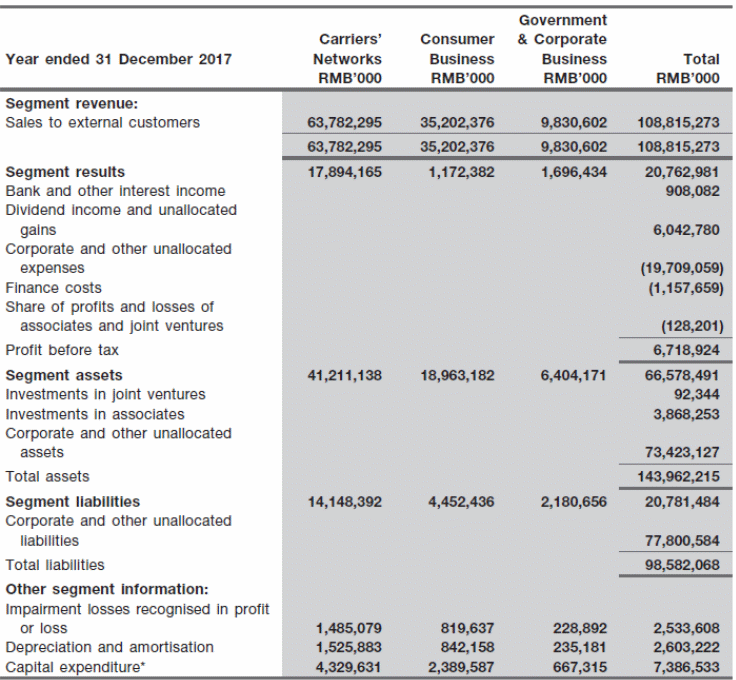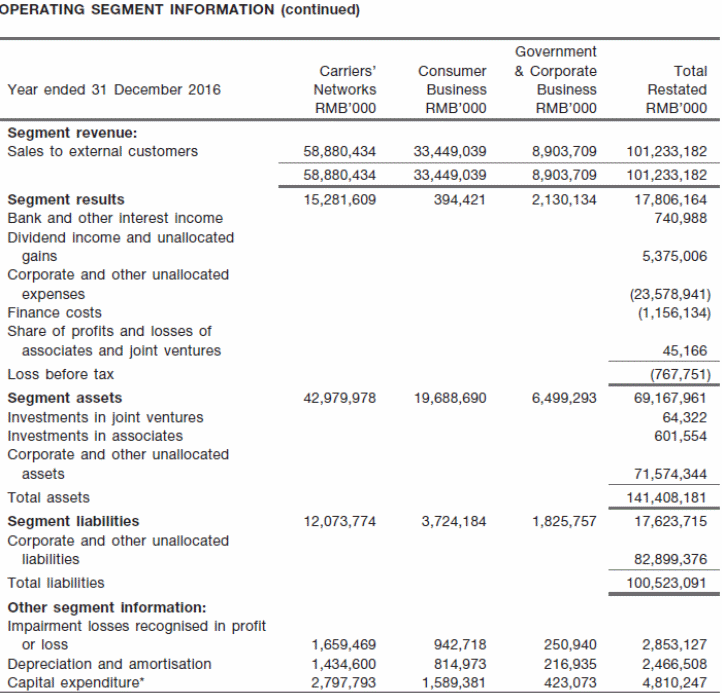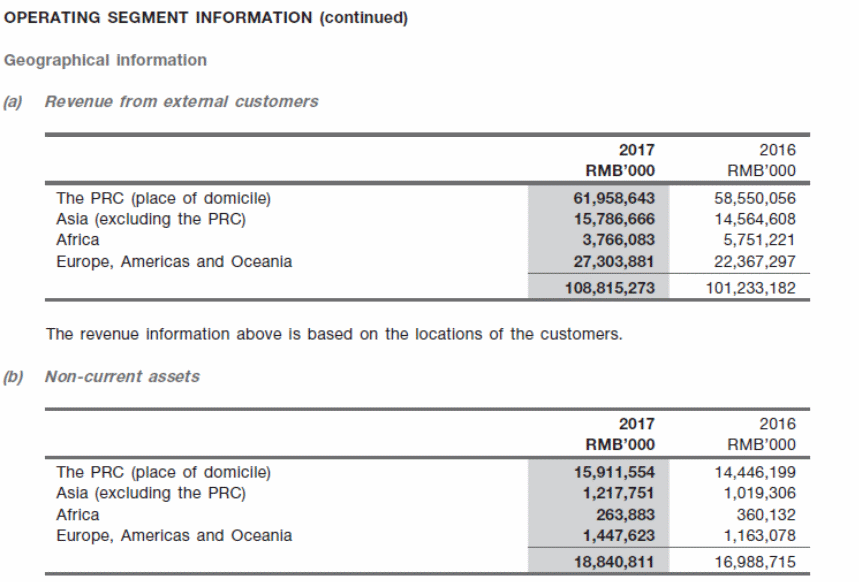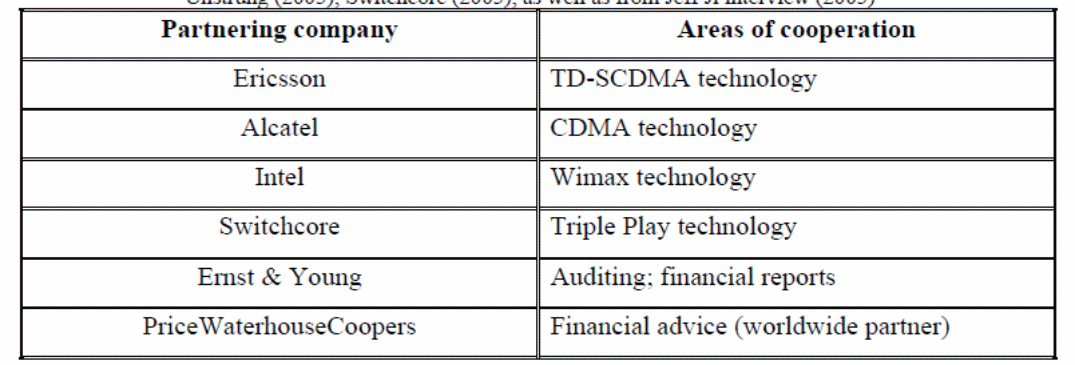Executive Summary
ZTE is a Chinese multinational company that deals in telecommunication, terminals, and carrier network services. It also manufactures and distributes smartphones. The company’s headquarters is in China, and it has sales offices in over 160 countries globally. The corporation uses online retails and foreign carriers to distribute products. ZTE offers quality employment to locals and is dedicated to assisting employees to realize career growth.
The company serves as a significant source of government revenues in foreign countries. Even though ZTE may pose a threat to local businesses, the findings of this report support the recommendation to let the company operate in developing nations as its benefits surpass risks.
Company Description
Background
ZTE Corporation was founded in 1985 by numerous investors linked to China’s Ministry of Aerospace. Initially, the company was known as Zhongxing Semiconductor Co., Ltd (ZTE Corporation, 2018). In March 1983, the corporation changed its name to Telecommunications Equipment Co., Ltd. Despite its connection to the state, “the organization evolved into the publicly traded ZTE Corporation, having made initial public offerings (IPO) on the Shenzhen Stock Exchange in 1997 and on the Hong Kong Stock Exchange in December 2004 respectively” (ZTE Corporation, 2018, p. 9).
The company used the proceeds of the Hong Kong IPO to expand operations in foreign countries and boost research and development. In 2006, ZTE Corporation was the leader in the Code-Division Multiple Access (CDMA) equipment market regarding consignments. Additionally, the company acquired a client in the Canadian Telus and became a member of the Wi-Fi Alliance. In 2009, ZTE was the third-largest seller of Global System for Mobile Communications (GSM) telecom equipment internationally.
Today, ZTE Corporation has headquarters in Shenzhen, China. It also has regional head offices in the United States and Sweden. In 2016, the company employed 81, 468 employees in China (ZTE Corporation, 2018). The employees were spread across different divisions, which included production, distribution, marketing, and research and development. The company has multiple sales offices in over 160 countries.
Products/Services
ZTE works in three business divisions, which are telecommunication, terminals, and carrier network. It specializes in the design, improvement, manufacture, sales, and installation of communications systems, telecommunication equipment, and information solutions for carriers. The company’s portfolio includes core networks, wireline, and wireless (ZTE Corporation, 2018). It also manufactures and distributes smart devices like phones. ZTE offers consultation services to businesses and governments via the Internet of Things, cloud computing technology, and Big Data. The company’s services and products are sold in at least 160 states worldwide.
Financial performance
In 2017, the organization reported operating returns of RMB 108.82 billion, which signified a 7.5% growth from the previous year (ZTE Corporation, 2018). Additionally, consumer businesses, carriers’ networks, and corporate and government enterprises reported annual growth in operating revenue. ZTE Corporation (2018) states, “Net cash flows from operating activities increased substantially in 2017, thanks to the company’s stronger efforts to manage cash flow and the collection of sales revenue” (p. 14).
The company’s returns from ordinary shares amounted to RMB4.57 billion, which represented 293.8% growth (ZTE Corporation, 2018). The reasons behind the improved financial performance were the company’s expansion of the global market and continued venture into telecommunication networks by international carriers. Appendix A shows the financial performance of the company in 2017 (ZTE Corporation, 2018).
Recent news
ZTE released two significant news updates in early March this year. First, it issued a 2017 financial report, which indicated that the company was gradually improving its performance. The report stated that ZTE made a net profit of $723.52 million due to increased transactions in the telecommunication equipment business (Reuters, 2018b). Second, the company came out to defend itself against allegations that it was helping the Chinese government to steal the United States’ intellectual property and technologies (Reuters, 2018a). ZTE’s leadership reiterated its commitment to cybersecurity and privacy. Moreover, it argued that the corporation abides by the established intellectual property laws, thus a trusted partner of the United States vendors and consumers.
International Strategy
Multinational organizations understand the contribution of foreign subsidiaries in boosting profitability (Contractor, 2013). ZTE has invested in over 160 countries worldwide. Currently, the company has at least 12 research and development (R&D) centers across the globe. Seven of the centers are located in China. Three are in the United States, one in South Korea, and one in Sweden. Each R&D center focuses on particular areas of interest.
According to ZTE Corporation (2017), the company chooses these regions based on local resources and employee skills. The Swedish division specializes in the development of third-generation (3G) mobile hardware and software. The company joins global standard governing institutions as part of its internationalization strategy. It enables the organization to gain a global outlook. Currently, ZTE is a member of the International Telecommunication Union (ITU).
ZTE accesses the global market through partnerships with local companies. The company has formed alliances with numerous foreign technology firms to facilitate the distribution of its products and services. For instance, it has created partnerships with Alcatel and Ericsson. Appendix B shows some of the companies that ZTE has established partnerships with and the areas of cooperation (ZTE Corporation, 2018).
Competitors
ZTE faces stiff competition from Samsung, Motorola, Huawei, and Apple internationally. In China, the company encounters competition from Xiaomi, which is renowned for the manufacture of quality smartphones. According to ZTE Corporation (2017), the company regards the United States as a significant international market for its products. However, it has to compete with Samsung, Apple, and LG. The three companies have asserted their influence in the United States. Thus, ZTE requires not only developing superior smartphones but also using an aggressive marketing strategy to dislodge them.
Strengths and Weaknesses
ZTE enjoys many benefits that constitute its significant advantages. The company has partnered with over 150 operators across the globe. The operators serve as distribution and sales networks for the company. They assist ZTE to launch new products internationally (ZTE Corporation, 2017). The company uses a competitive pricing strategy, which enables it to overcome competition in the international market. ZTE has a pool of experienced employees.
Moreover, the company has R&D units, which assist it in developing quality products that are competitive globally. One of the company’s weaknesses is the inability to overcome competition from established organizations like Samsung and Apple (ZTE Corporation, 2017). ZTE is yet to develop smartphones that can compete against Apple and Samsung’s devices. Numerous technology companies have ventured into the smartphone business.
Even though ZTE is growing, the company is losing clients to competitors. For instance, in China, the company is losing customers to Xiaomi. Collaboration with foreign technology companies will enable ZTE to assert its influence in the global market and to develop a customer base in the long-term. On the other hand, the production of superior smartphones will allow the company to boost sales volume, thus increasing short-term returns.
Marketing Approach
ZTE sells products in over 160 countries. The company focuses mainly on the United States, Chinese, and European markets. The demand for smartphones in China is expected to rise by at least 40% by 2018. Hence, ZTE targets the market due to the anticipated increase in the need for smart devices. On the other hand, the demand for smartphones in the United States is high due to the growth in the millennial population (Masaaki & Kristiaan, 2014).
ZTE chooses the country because of the presence of a tech-savvy market segment comprising millennials, which offers a ready market. High level of disposable income among most Chinese, American and European households leads to many people affording mobile devices (Zhou & Guillen, 2015). Consequently, the company is confident of a ready market in these regions. Currently, ZTE is directing its attention to emerging global markets.
For instance, the company has established sales offices in African countries like Kenya. ZTE is focusing on African countries due to the increase in demand for smartphones arising from rapid economic growth and high disposable income.
ZTE uses a customized marketing approach to attract local customers. The company has R&D centers in different regions to facilitate the development of products that suit the needs of individual markets. Additionally, it uses customized “push” techniques to promote products and services in different regions. ZTE has established partnerships with multiple carriers across the globe who serve as its primary distribution channels (ZTE Corporation, 2017).
NTT Cocomo helps to distribute ZTE’s smartphones in Japan. The corporation has many sales offices across the world. The offices have sales representatives who market products and services to the target customers. It also uses online channels to promote and sell products.
ZTE utilizes various avenues to publicize its products. The company has invested in digital marketing. In the United States, Europe, and India, it uses social media platforms such as Twitter and Facebook to communicate with customers (ZTE Corporation, 2017). Social networks help inform customers about existing products and gather their feedback. In China, the corporation employs social platforms like Sina Weibo to communicate with clients. ZTE uses sports endorsements to promote products in the American market. The company sponsors PGA golf and NBA. The sponsorship goes a long way towards enabling it to reach customers who are ardent supporters of these sports.
Logistic Approach
Currently, the majority of ZTE’s manufacturing plants are located in China. The company has opted to manufacture products in China due to low production costs. China is renowned for the use of sophisticated technology to produce mobile phones (Goerzen, Asmussen, & Nielsen, 2013). Hence, another reason why ZTE has decided to assemble its products in the country is to take advantage of the existing technology.
The company has established multiple R&D divisions across the globe. It considers various national aspects before building an R&D center in any country. ZTE evaluates factors such as the level of technology and the state of research and expertise in a nation. Currently, the company has centers in the United States and Sweden. It intends to establish additional R&D divisions in the emerging markets to enable it to develop products and services that meet the needs of the target clients.
Human Resource Management (HRM) Approach
Multinational companies appreciate the role of human resources in promoting competitiveness (Collings, 2014). ZTE values the recruitment and mentorship of innovative talents. The company’s approach to international human resource management aims at hiring and retaining experienced local workers who can manage R&D centers and sales offices. The company is gradually abandoning the culture of importing employees from China. It offers financial rewards to local employees as a way to inspire them and promote their development.
Equipping local employees with leadership skills saves multinationals the cost associated with importing experts from home countries (Giuliani & Macchi, 2013). ZTE recognizes the importance of training workers in leadership skills. The company allows employees to develop leadership skills. Additionally, it is conscious of the employees’ health and strives to assist them to balance between work and life. According to ZTE Corporation (2017), the company offers helpful services to female workers, and they are allowed to breastfeed their kids. ZTE has constructed fitness facilities, shower rooms, and amusement centers for workers (ZTE Corporation, 2017). Moreover, the company has assistance programs that seek to promote the psychological health of workers.
ZTE’s approach to human resource management may be of significant value to a nation as it would create job opportunities for the locals, thus boosting their living standards. Additionally, employees would have a chance to develop their talents and acquire leadership skills. Local companies can borrow ideas about human resource management from ZTE, thus improving a country’s performance internationally.
Analysis
Benefits
A developing nation would benefit from ZTE due to tax revenues deducted from the company’s profit. The revenue would go a long way towards supplementing government income, thus facilitating the provision of social services. The company encourages the recruitment and development of local talents. It would offer job opportunities to local employees, hence boosting the income of many households. Employee training would contribute to the career development of local employees. In return, a country would benefit from improved earnings and living standards of its people. ZTE is known to sponsor soccer clubs and promote talents. Hence, allowing the company to operate in a country would result in it sponsoring local sports clubs, thus nurturing skills.
Costs/Risks
Multinational companies pose a threat to local businesses. ZTE may hinder the growth of local companies that sell smartphones. Such a case would result in many people losing their jobs. The collapse of local companies would contribute to ZTE dominating the smartphone market. In return, it would be difficult to regulate the prices of the devices. There is no guarantee that ZTE can stay in a country forever. The company may decide to relocate its operations to another state, resulting in the loss of jobs and a decline in government revenues.
Recommendation and Conclusion
Based on the findings of this report, one may recommend a government to allow ZTE to establish operations in its country. The move would create numerous job opportunities for the locals. Additionally, the company would offer employee training, which would help to improve the quality of a country’s workforce. ZTE would remit the tax, which could be used to improve service delivery and raise the standard of living. The company is renowned for promoting talents and sponsoring soccer clubs. Thus, it might support local clubs; a move that can raise the status of a country in sports. The government may offer subsidies to local companies as a way to cushion them from competition waged by ZTE.
References
Collings, D. (2014). Integrating global mobility and global talent management: Exploring the challenges and strategic opportunities. Journal of World Business, 49(2), 253-261.
Contractor, F. (2013). “Punching above their weight”: The sources of competitive advantage for emerging market multinationals. International Journal of Emerging Markets, 8(4), 304-328.
Giuliani, E., & Macchi, C. (2013). Multinational corporations’ economic and human rights impacts on developing countries: A review and research agenda. Cambridge Journal of Economics, 38(2), 479-517.
Goerzen, A., Asmussen, C., & Nielsen, B. (2013). Global cities and multinational enterprise location strategy. Journal of International Business Studies, 44(5), 427-450.
Masaaki, K., & Kristiaan, H. (2014). Global marketing management (6th ed.). New Jersey, NJ: John Wiley & Sons.
Reuters. (2018a). China’s ZTE says is trusted partner after U.S. concern. Web.
Reuters. (2018b). China’s ZTE returns to net profit in 2017. Web.
Zhou, N., & Guillen, M. (2015). From home country to home base: A dynamic approach to the liability of foreignness. Strategic Management Journal, 36(6), 907-917.
ZTE Corporation. (2017). ZTE Corporation sustainability report 2016. Web.
ZTE Corporation. (2018). Annual report 2017. Web.
Appendices
Appendix A: Operating returns of ZTE Corporation in 2017



Appendix B: ZTE Partnerships and Areas of Cooperation
